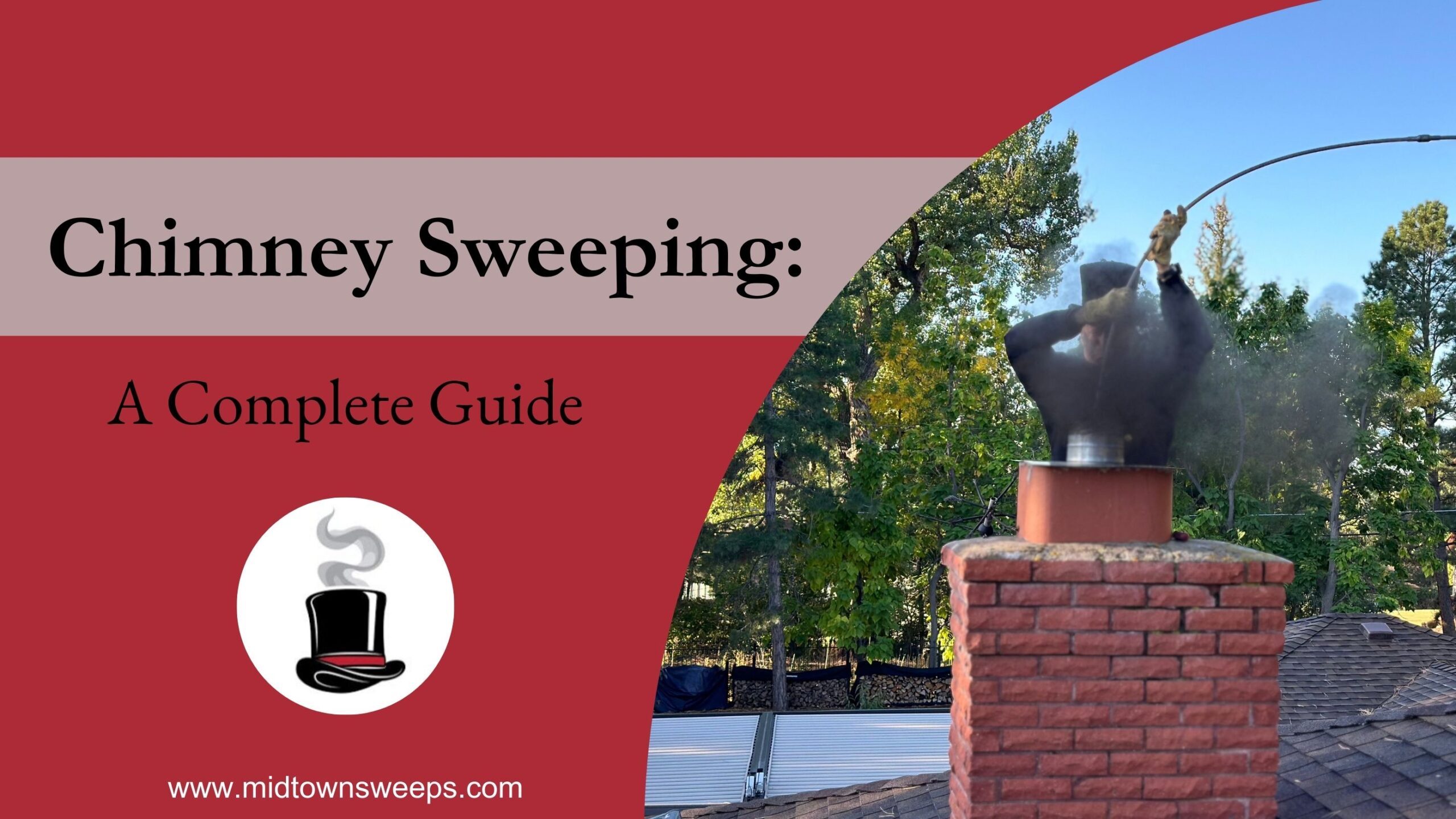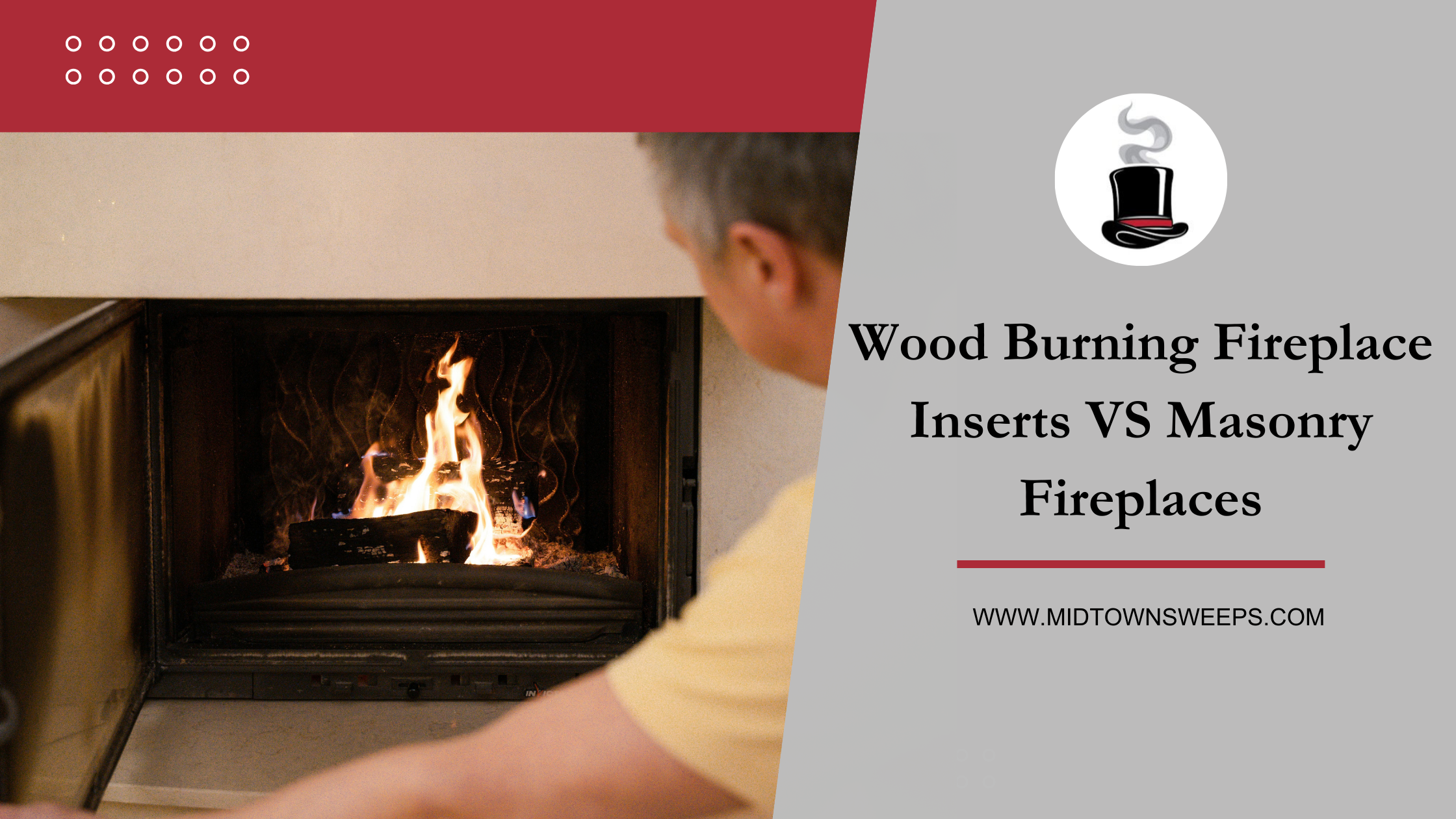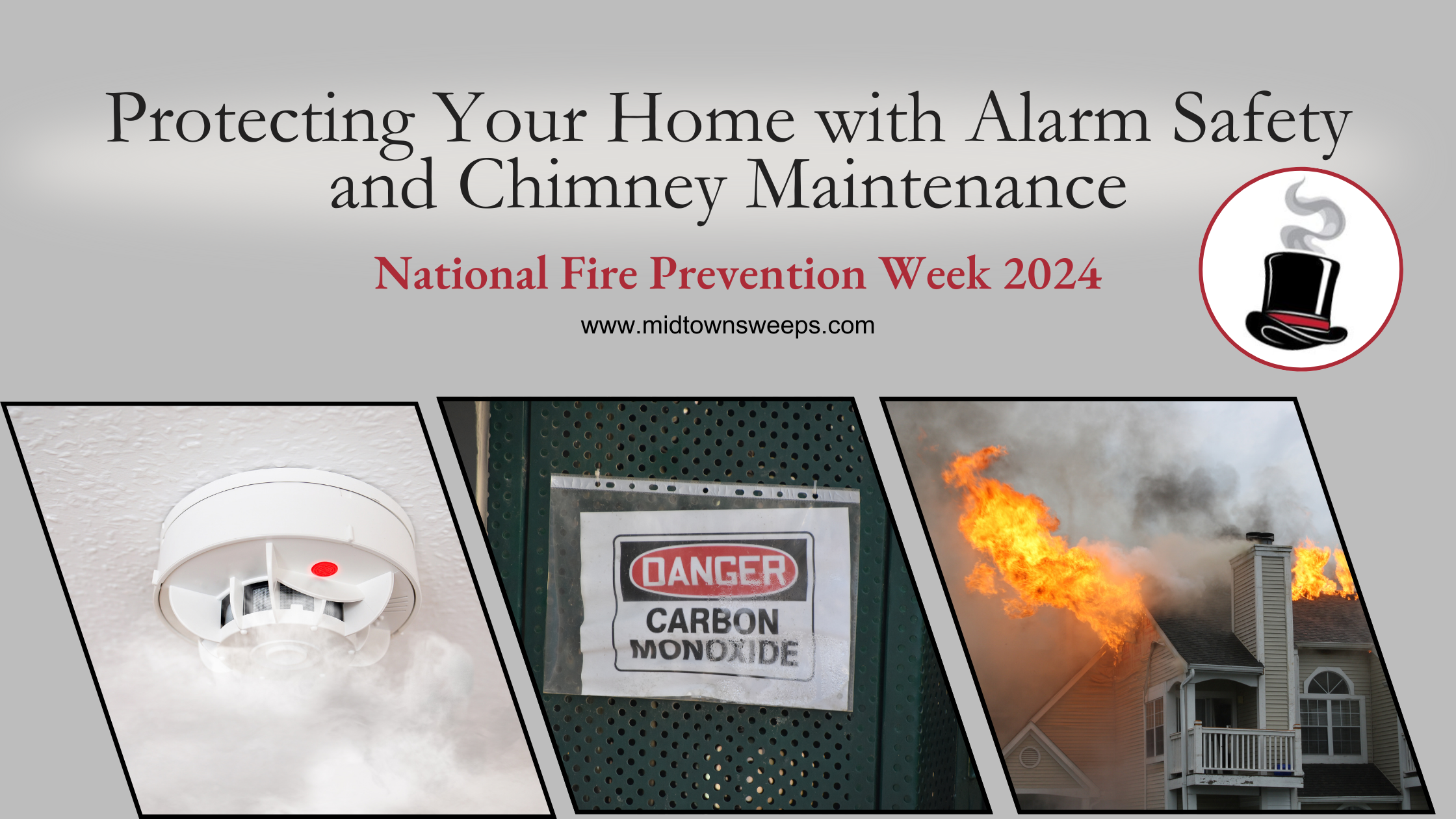Your fireplace is meant to bring warmth, comfort, and ambiance to your home—but when not properly maintained, it can also bring danger. One of the most serious hazards associated with wood-burning fireplaces is a chimney fire. Many homeowners don’t realize how devastating a chimney fire can be—not just to their safety, but to the structure of their chimney itself.
In this article, we’ll walk you through what a chimney fire actually does to your chimney, why it happens, and how you can prevent this destructive event.
What Happens During a Chimney Fire?
A chimney fire occurs when creosote deposits lining the inside of your chimney ignite. Creosote is a highly flammable, tar-like substance created as a byproduct of burning wood. If too much builds up and catches fire, it can burn at temperatures exceeding 2,000°F, which is more than enough to severely damage the interior components of your chimney.
Here’s what a chimney fire can do to your chimney:
1. Cracks and Damage to the Flue Liner
The intense heat of a chimney fire often cracks or shatters the flue liner—the protective barrier that lines the inside of the chimney. A damaged liner no longer contains heat, smoke, and gases properly, which increases the risk of fire spreading to walls, ceilings, or the roof.
2. Warped or Damaged Metal Components
The heat can cause metal parts like the chimney damper, chimney cap, or chase cover to warp, discolor, or melt. Once these components are compromised, they can no longer regulate airflow or keep debris and moisture out effectively.
3. Structural Weakening
Masonry chimneys may suffer cracked bricks, loose mortar joints, and even collapsed sections after a chimney fire. Over time, continued use without repair can lead to partial or complete chimney failure.
4. Melted or Damaged Roofing Materials
Flames and extreme heat shooting out of the top of the chimney can also affect surrounding materials, such as melting roofing shingles or flashing, increasing the risk of fire spreading to the rest of the home.
Warning Signs of a Chimney Fire
While some chimney fires are sudden and dramatic, others can burn quietly without immediate signs. Here’s what to watch for:
- Loud rumbling or roaring sounds, like a freight train.
- Cracking, popping, or ticking noises from the chimney.
- Excess smoke or flames coming from the chimney top.
- Strong, unusually hot smells inside the house.
- After the fact: Pieces of creosote or tile liner in the firebox, warped metal parts, or visible damage at the top of the chimney.
If you ever suspect an active chimney fire, evacuate immediately and call 911.
How Do Chimney Fires Start?
The root cause of nearly all chimney fires is creosote buildup, but certain conditions can accelerate creosote formation:
- Burning unseasoned or wet wood
- Restricted airflow due to a closed damper or clogged flue
- Cool chimney temperatures, which allow smoke to condense on chimney walls
- Overloading the firebox, causing an unstable, smoky fire
Without regular cleaning and inspections, creosote can accumulate rapidly—setting the stage for disaster.
How To Prevent a Chimney Fire (and Protect Your Chimney)
The best way to protect your chimney (and your home) from the damaging effects of a chimney fire is through prevention and maintenance:
✔ Schedule Annual Chimney Inspections
A certified chimney sweep will inspect for creosote buildup, cracks, and other damage—and thoroughly clean the chimney before issues escalate.
✔ Burn Only Seasoned Hardwood
Seasoned firewood burns hotter and cleaner, producing less smoke and creosote. Avoid burning green wood, softwoods, or trash.
✔ Keep Fires Manageable
Don’t overload your firebox with too much wood at once. Smaller, hotter fires produce less creosote than large, smoky ones.
✔ Maintain Proper Airflow
Ensure your damper is fully open when burning and keep the chimney clear of blockages like leaves or animal nests.
Don’t Wait for a Chimney Fire to Show You the Damage
Once a chimney fire has occurred, the structural damage left behind compromises your entire chimney system, making it unsafe to use until repairs are made. But the key takeaway is that chimney fires are entirely preventable.
Schedule Your Chimney Inspection Today!
At Midtown Chimney Sweeps, we’re committed to helping homeowners keep their fireplaces safe and functional year-round. Our team of certified chimney professionals is ready to inspect, clean, and repair your chimney to ensure it’s free of creosote and structurally sound.
Don’t take chances with chimney fires—book your annual inspection today and enjoy peace of mind every time you light a fire.
👉 Call us now or schedule your appointment online!












